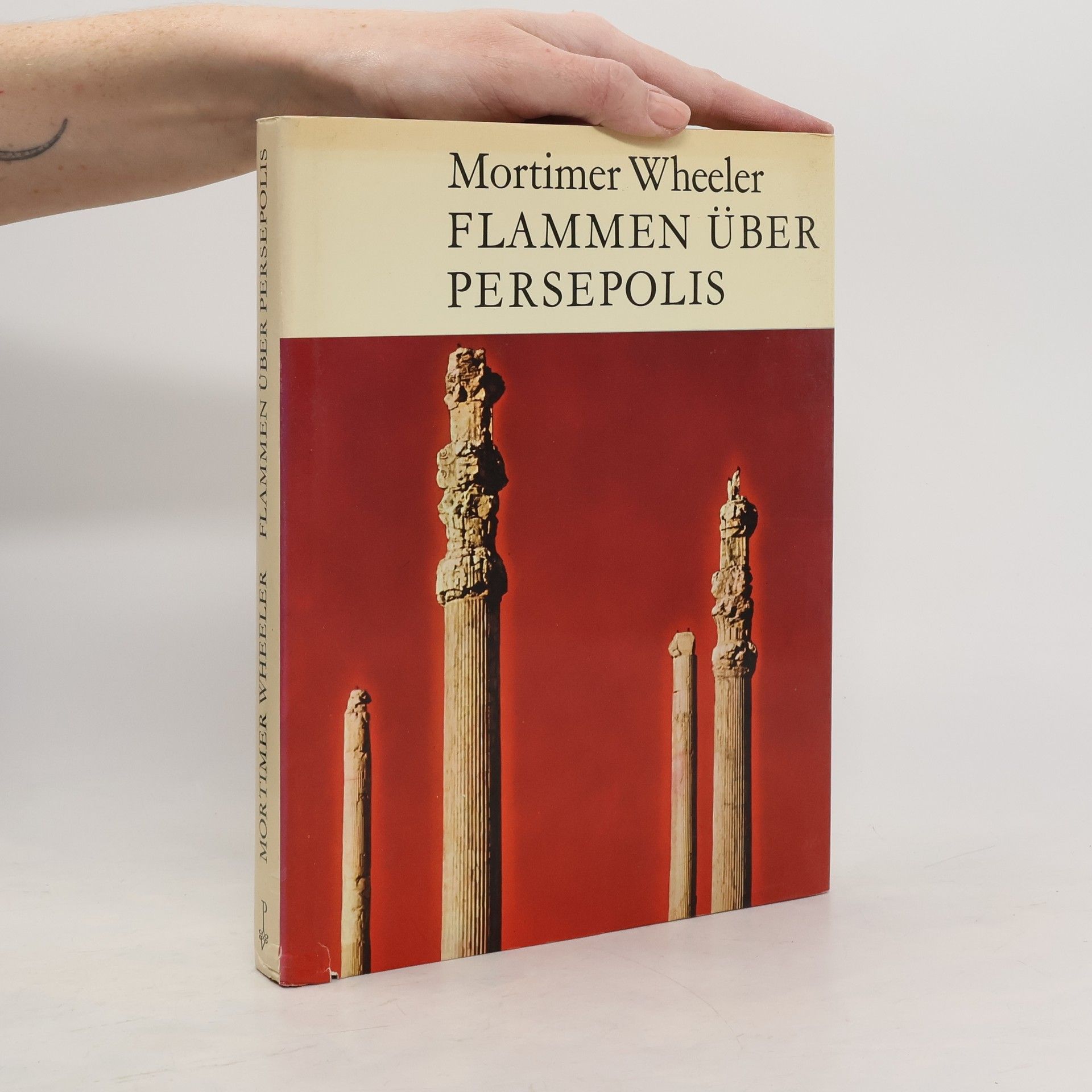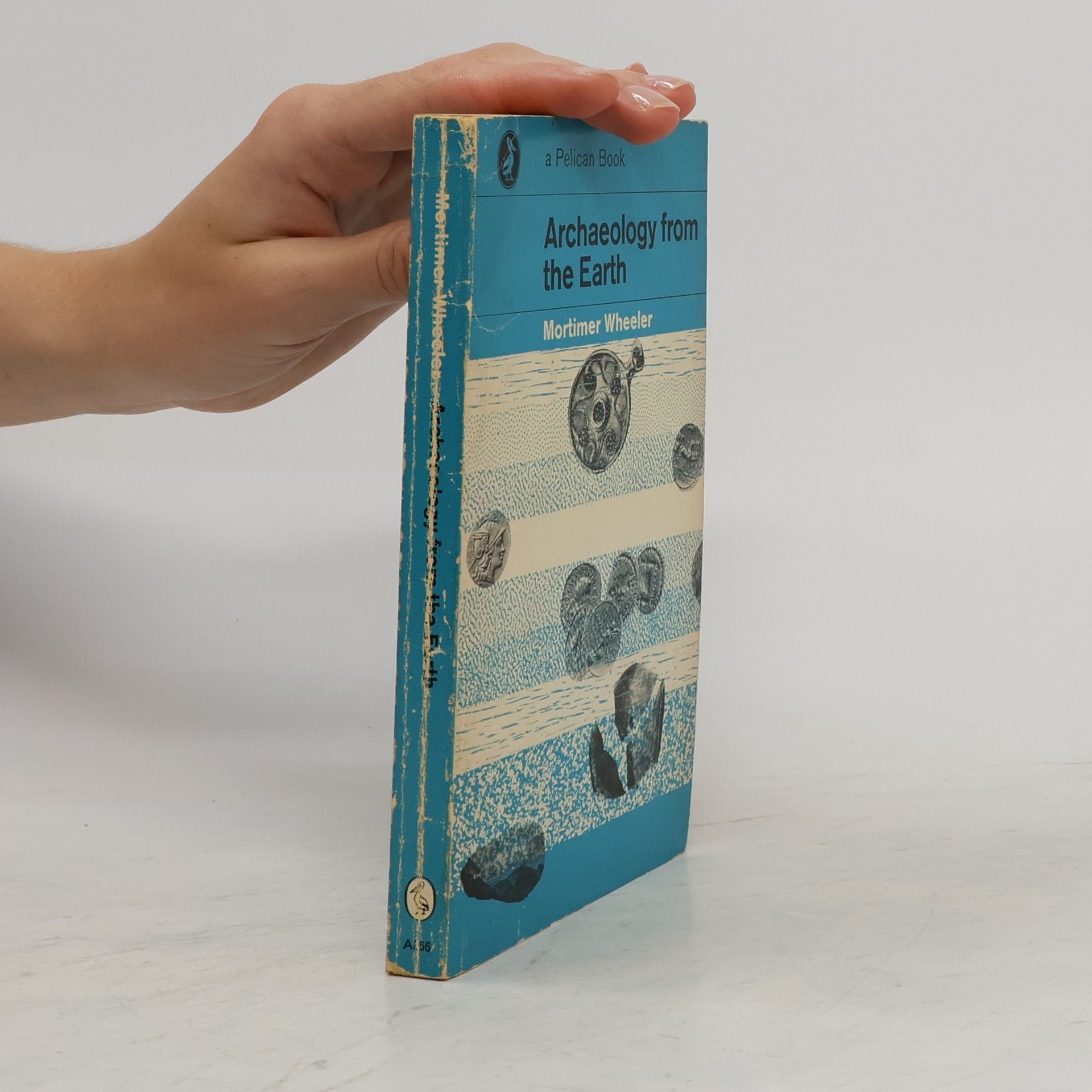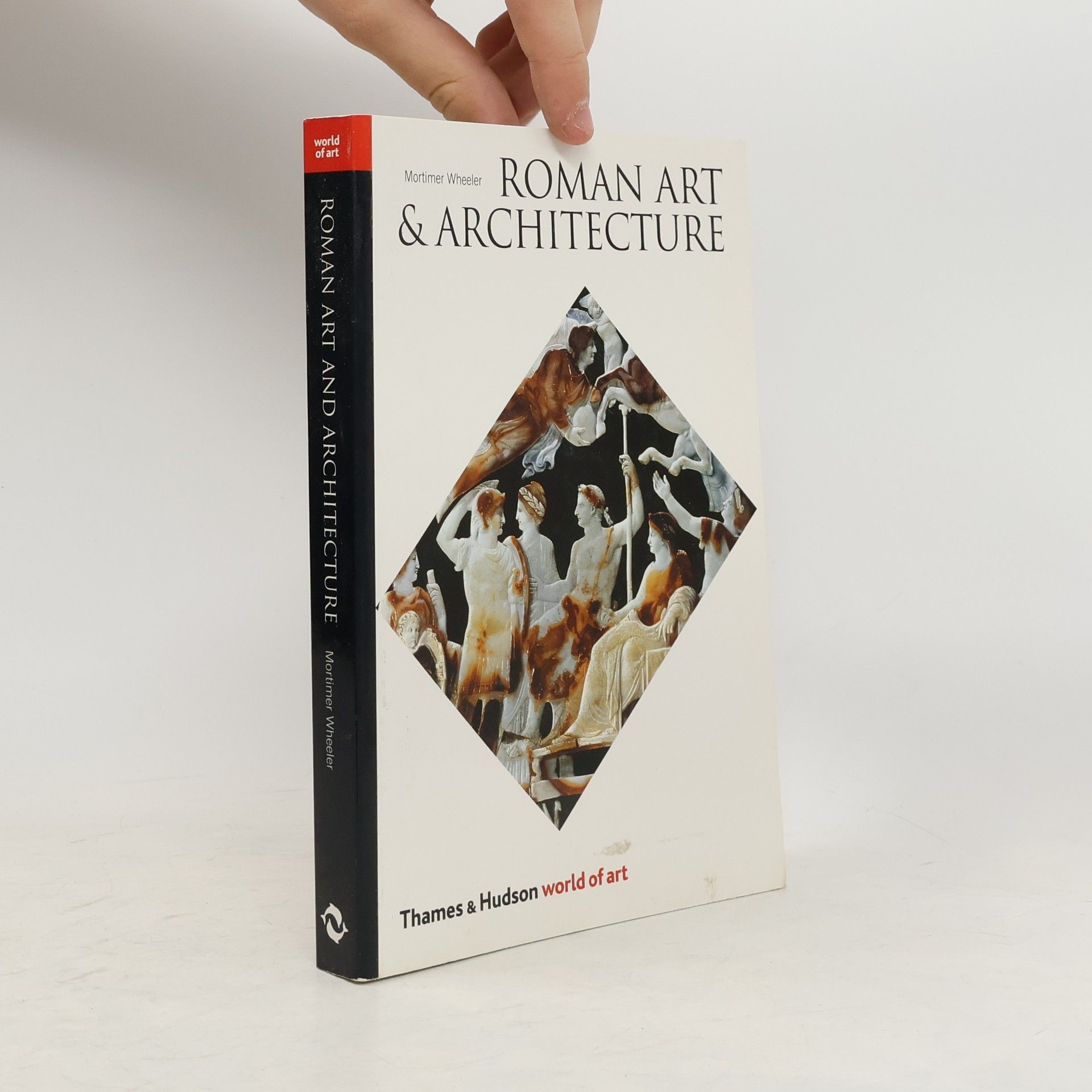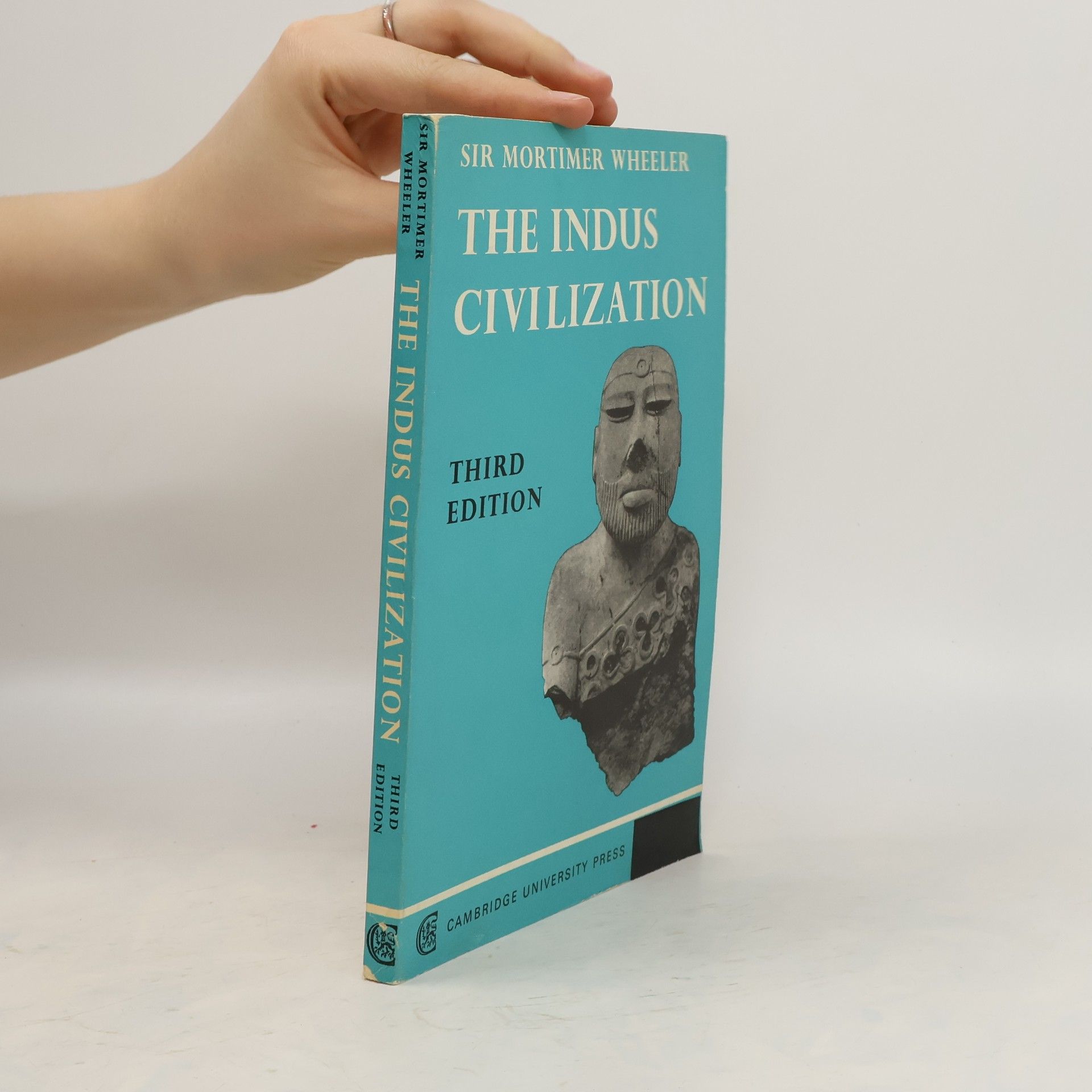In 1921 at Harappa, a small town in the Punjab, and in 1922 at Mohenjo-daro in Sind, evidence was discovered of an evolved urban culture nearly two thousand years older than any previously recognized in the Indo-Pakistan subcontinent. From the distribution of the sites first explored, the culture was named the Indus Valley civilization. This name it retains, although subsequent research has revealed elements of the civilization on the one hand westwards to the Makran coast and Saurashtra, and on the other hand eastwards into the valley of the Yamuna (Jumna). Thus amplified, the civilization is appreciably larger than its contemporaries in Iraq and Egypt. In this digital reprint of the 1968 third edition, Sir Mortimer Wheeler summarized other contributions to the study of the Indus civilization, and included discussions on climate and dating. The book includes well over 50 photographs of pottery, sculpture and sites.
Mortimer Wheeler Livres







Roman art and architecture
- 252pages
- 9 heures de lecture
"A survey as spirited as it is far-ranging."― The Times Literary Supplement Sir Mortimer Wheeler describes the architecture and town planning, the sculpture and painting, the silverware, glass, pottery and the other rich artistic achievements of the era. 215 Illustrations, 60 in color
Early India and Pakistan: to Ashoka
- 252pages
- 9 heures de lecture
Anglický archeolog a indolog, který se po léta zabývá nejstaršími dějinami indického subkontinentu, věcně a střízlivě popisuje dosavadní výsledky bádání o protoindické civilizaci, jedné ze tří nejstarších a nejvýznamnějších světových civilizací. Líčí její vznik, charakteristické rysy i konec. Stručně se dotýká vývoje po zániku harappské kultury, rozvinuté ganžské civilizace a dalších civilizačních proudů na Indickém poloostrově.
